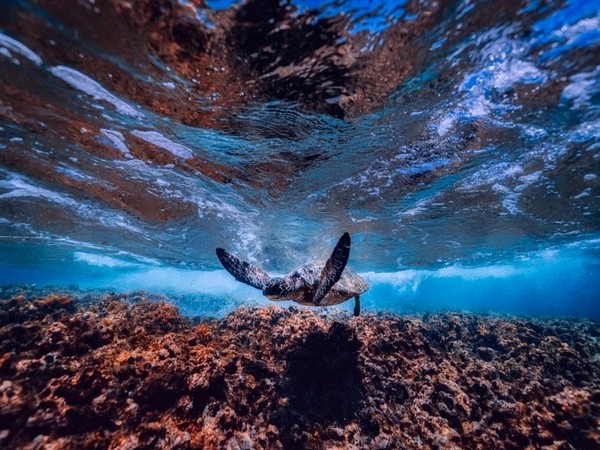Marine heatwaves are sweeping the seafloor around North America
They found that these bottom heatwaves ranged from 0.5 degrees Celisus to 3C warmer than normal temperatures and could last more than six months — much longer than heatwaves at the surface. "We simply don't have a ton of instruments on the ocean bottom along continental shelves," said study co-author Dillon Amaya, a NOAA climate scientist.

- Country:
- United States
Heatwaves unfolding on the bottom of the ocean can be more intense and last longer than those on the sea surface, new research suggests, but such extremes in the deep ocean are often overlooked.
A team of scientists with the U.S. National Oceanic and Atmospheric Administration have conducted the first assessment of marine heatwaves along North America's continental shelves. They found that these bottom heatwaves ranged from 0.5 degrees Celisus to 3C warmer than normal temperatures and could last more than six months — much longer than heatwaves at the surface.
"We simply don't have a ton of instruments on the ocean bottom along continental shelves," said study co-author Dillon Amaya, a NOAA climate scientist. "The ocean is a powerful thing. It destroys instruments that we have in the water for too long." Surface heatwaves can be picked up by satellites and can result in huge algal blooms. But, Amaya said, often no one knows a bottom marine heatwave is happening until the impacts show up in commercial bottom-dwelling species like lobsters and crabs.
The assessment, published in the journal Nature Communications, used computer models of the ocean and observations to analyze seafloor heatwaves. It found that while sometimes a marine heatwave can hit both the sea surface and ocean bottom at the same time, bottom heatwaves can also occur on their own. The ocean has absorbed about 90% of the excess heat from global warming, with the ocean's average temperature increasing by about 1.5C over the last century. Marine heatwaves have become about 50% more frequent over the past decade.
"It's a little less clear if climate change is strongly impacting bottom marine heatwaves in the same way it would at the surface," Amaya said, saying changes to ocean circulation patterns could also play a role. Past bottom marine heatwaves have decimated Pacific cod and snow crab populations. "Pacific cod in the Gulf of Alaska is an important fishery and … that population has declined by 75% following the big marine heatwave in 2015," said Michael Jacox, a scientist at NOAA's Southwest Fisheries Science Center.
Warmer water, he said, can increase the energy needs of species at the same time that there's less prey available for them to eat, leading to more deaths and fewer births.
(This story has not been edited by Devdiscourse staff and is auto-generated from a syndicated feed.)










